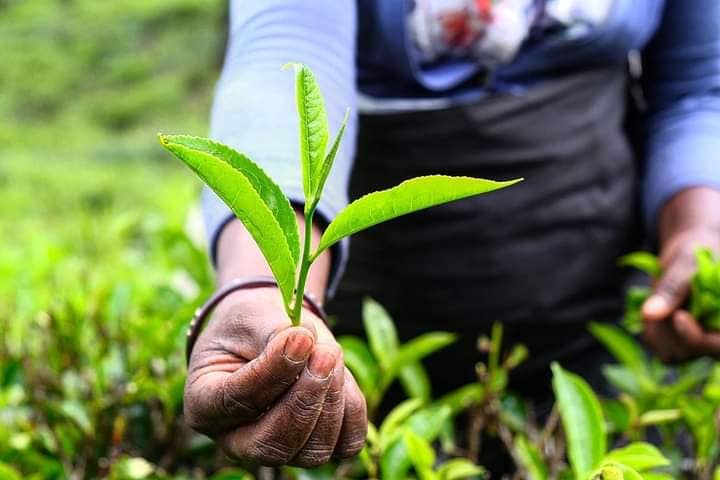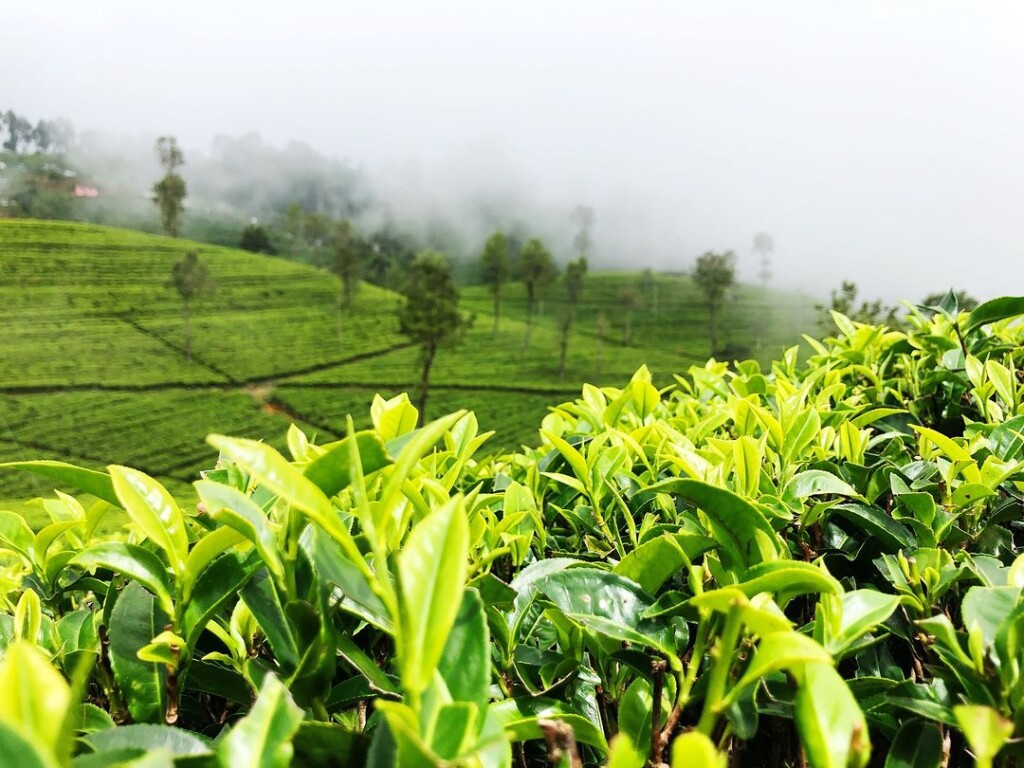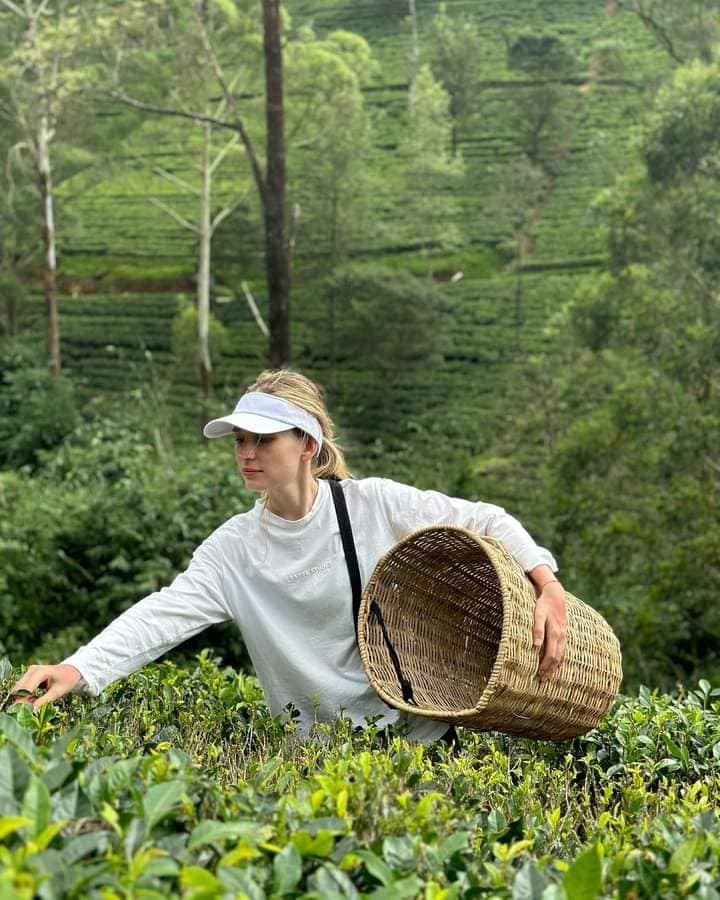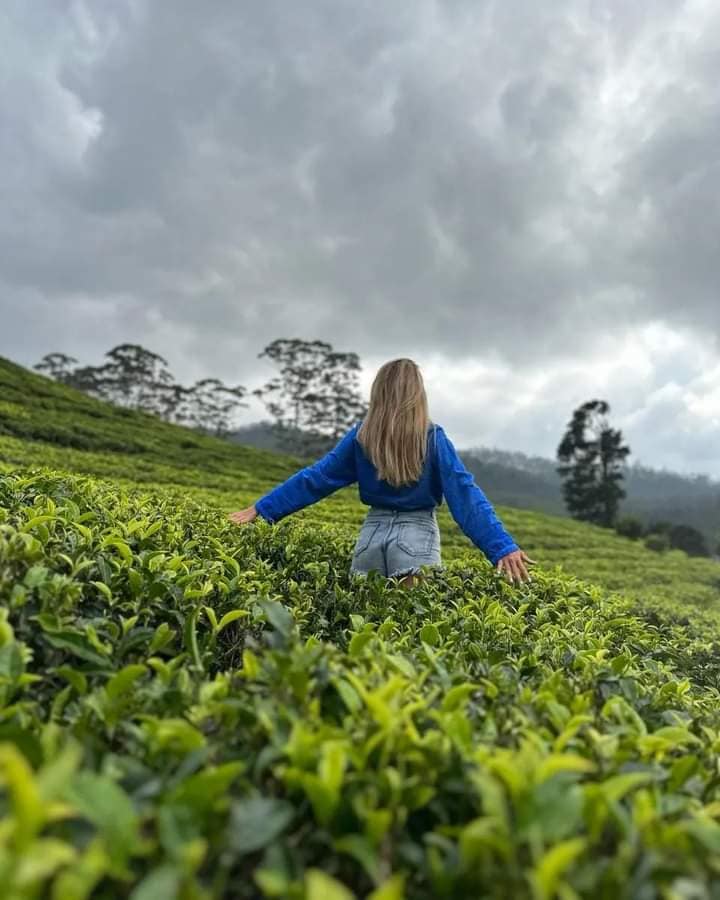
Ceylon Tea is more than just a beverage—it is a symbol of heritage, quality, and Sri Lanka’s rich agricultural legacy. Grown in the lush hills of this island nation, Ceylon Tea has earned global recognition for its exceptional flavor, aroma, and character.

A Brief History
The story of Ceylon Tea began in the 19th century, during British colonial rule. After a devastating coffee blight in the 1860s destroyed much of the island’s coffee plantations, planters turned to tea as a replacement crop. In 1867, Scottish planter James Taylor planted the first tea bushes on the Loolecondera estate in Kandy. His efforts laid the foundation for what would become a world-renowned industry.
Today, Sri Lanka (formerly Ceylon) is one of the largest tea exporters in the world, and Ceylon Tea is considered a benchmark for quality in the global tea trade.
Unique Growing Regions
Ceylon Tea is cultivated in several regions, each with its unique climate, altitude, and soil conditions, which influence the flavor of the tea:
Nuwara Eliya: Grown at high altitudes, this tea is light, aromatic, and delicate.
Uva: With a smooth, mellow taste and a hint of wintergreen, Uva tea is known for its distinct character.
Dimbula: This region produces a rich, bold tea with a bright flavor, perfect for a strong morning brew.
Kandy: Located at a mid-range altitude, Kandy tea is full-bodied and brisk.

Ruhuna and Sabaragamuwa: These low-grown teas are darker, heavier, and more robust, often used in blends and tea bags.
The Ceylon Tea Experience
Ceylon Tea is typically black tea, but the island also produces green tea, white tea, and artisanal blends. What sets it apart is the orthodox production method, where tea leaves are carefully handpicked and processed to preserve their natural qualities. This results in a bright, golden liquor with complex layers of flavor.

The industry is regulated by the Sri Lanka Tea Board, which ensures quality through the certification of the iconic Lion Logo—a mark that guarantees the tea was grown, manufactured, and packed in Sri Lanka.
Cultural and Economic Significance
Tea is one of Sri Lanka’s largest export earners and a major source of employment, especially for women working on tea estates. The industry supports nearly a million people, from pluckers and factory workers to transporters and marketers.
Ceylon Tea is also deeply embedded in Sri Lankan culture. A cup of tea is often the first gesture of hospitality offered to guests in any home or office.

A Global Favorite
Whether enjoyed as a hot cup of strong black tea, a refreshing iced drink, or a base for flavored blends, Ceylon Tea continues to delight tea lovers around the world. Its reputation for quality and authenticity has earned it a special place on supermarket shelves, in fine restaurants, and at international tea auctions.
Ceylon Tea is not just a product—it is a story of resilience, craftsmanship, and natural beauty. With every sip, you taste not just tea, but the misty highlands, the hands that harvested it, and the centuries of tradition that made it possible. It truly is the pride of Sri Lanka.
